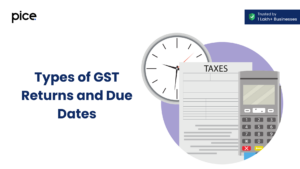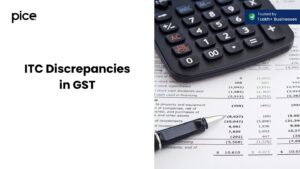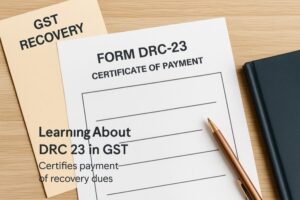All About Form GST RFD 10: An Application to Claim Refunds
- 13 Aug 25
- 6 mins
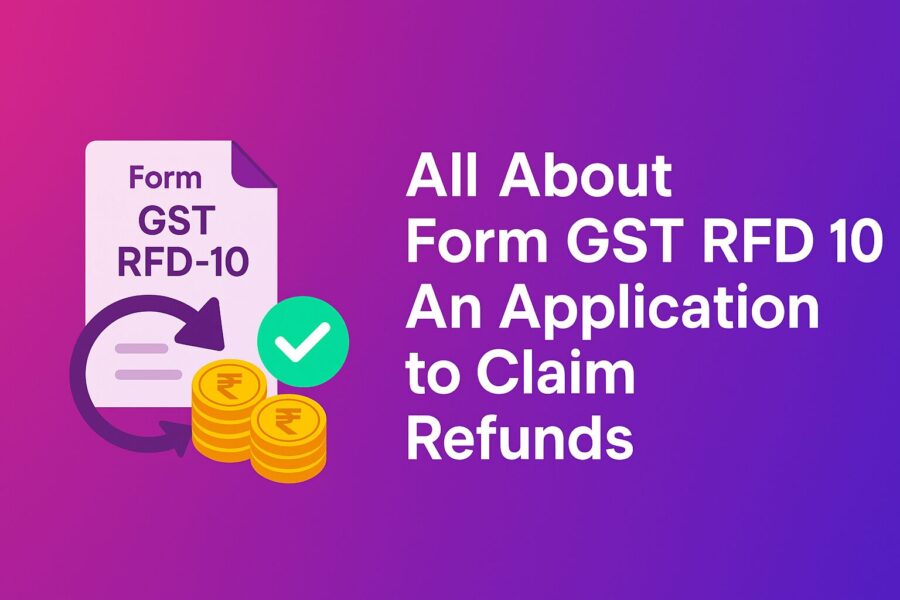
All About Form GST RFD 10: An Application to Claim Refunds
Key Takeaways
- Form GST RFD-10 is used by embassies, consulates, and notified entities to claim GST refunds on inward supplies in India.
- Eligible entities like UN agencies, foreign diplomatic missions, and notified persons can file GST RFD-10 for tax relief.
- The GST refund form RFD-10 must be filed quarterly within 6 months from the end of the relevant tax period.
- Filing GSTR-11 before RFD-10 is mandatory for UIN holders to auto-populate refund details accurately.
- GST RFD-10 refund process excludes the principle of unjust enrichment for eligible exempt entities.
In India, most GST refunds are claimed by registered taxpayers through Form GST RFD-01. However, for certain special entities, there is a different process. Such entities can get back the GST paid on their inward supplies by filing Form GST RFD-10, which is specially designed just for them.
Learn about this form in detail and check out if you are eligible to use this form for refunds.
What Is Form GST RFD-10?
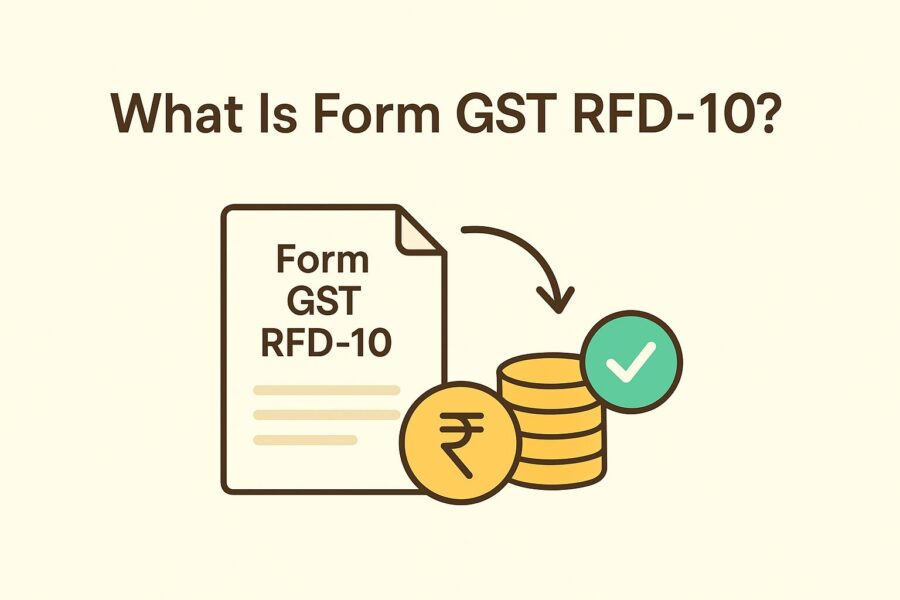
Foreign diplomatic missions, specific international organizations, specialized agencies and notified persons need to use Form GST RFD-10 to claim a refund of GST that they have paid on inward supplies or purchases in India. In other words, it is an application for a refund for the mentioned entities.
This refund application form has been designed to help the mentioned entities reduce their tax burden for a specific tax period. Further, as these entities bear tax liabilities which are otherwise exempt from indirect taxes based on international agreements or particular notifications by the government, this form helps them claim refunds.
Eligibility to File Form GST RFD-10
Here is the list of persons eligible to use Form GST RFD-10:
● Specialized Agency of the United Nations Organisation (UNO) or Multilateral Financial Institution and Organisation under the United Nations (Privileges and Immunities) Act, 1947
● Embassies or Consulates of countries other than India (foreign countries)
● Persons or class of persons notified by the Commissioner of State Tax or Central Tax
Kind of Refund Claimed Using RFD-10
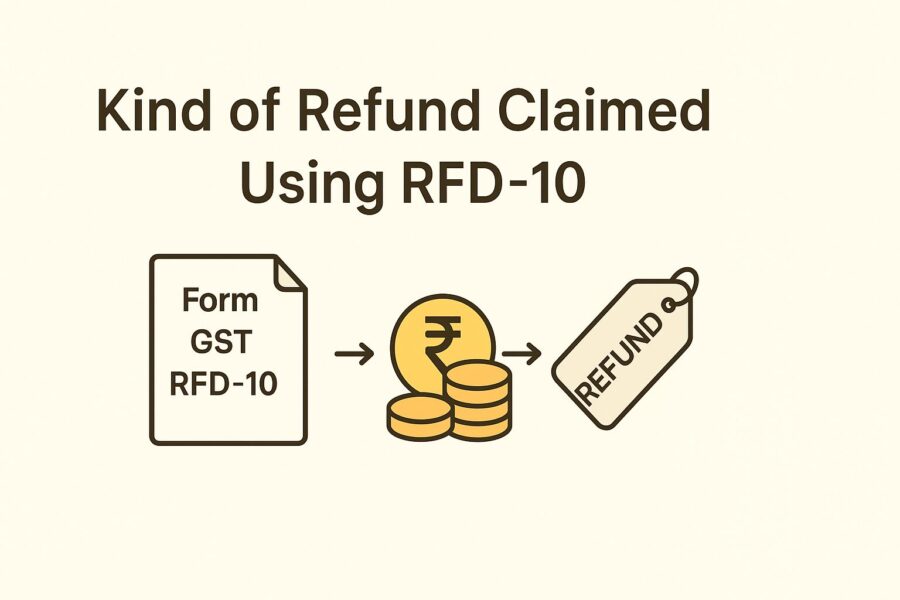
If you are an eligible taxpayer to use Form RFD-10, you can utilise it to claim GST paid on inward supplies or goods and/or services. This GST includes SGST, CGST, IGST (State/ Central/ Integrated Goods and Services Tax) and GST Cess.
When and How to File Form GST RFD-10?
As an eligible taxpayer, you need to file this form once in each quarter. Notably, you need to file it within 6 months from the last date of the quarter in which you received inward supplies. You can file the application online on the GST portal, directly or using a Facilitation Centre that the Commissioner notifies.
A precondition of filing RFD-10 is to mention the recipient’s UIN on the tax invoice for the concerned supply. The supplies are reported by UIN holders in a statement of purchases, known as GSTR-11. You need to file GSTR-11 before filing RFD-10. This results in auto-populated data in RFD-10 often.
What Information Does Form GST RFD-10 Contain?
Here is what is included in RFD-10:
● UIN (Unique Identification Number) of the applicant
● The applicant’s address and name
● Quarter or the tax period for claiming refunds
● Amount of refund claimed as CGST, SGST, UTGST, IGST and cess
● Bank account details
● Reference number and date of Form GSTR-11 for the concerned period
● A verification portion to confirm that the details provided are accurate
Process After Filing RFD-10
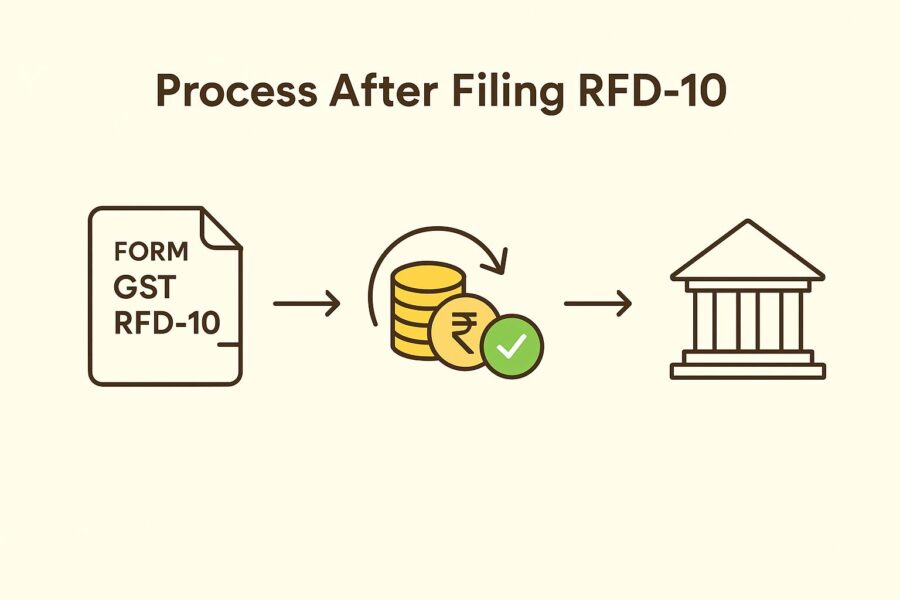
Once a taxpayer files GST RFD-10, they receive an acknowledgement in Form GST RFD-02. The tax officials verify the details provided by the taxpayer and match them with the supplier's GSTR-1 and UIN holder's GSTR-11. If the details match, the tax authorities sanction and disburse the refund in the recipient's bank account electronically.
Principle of Unjust Enrichment
The principle of unjust enrichment does not apply to the eligible entities under Section 55 of the CGST Act, 2017 as these entities are exempt from indirect tax burden for their official procurements. As a result, the refund mechanism ensures that these entities receive a refund of the tax that they have paid.
Relation to Other GST Forms
GST RFD-10 is a distinct form, different from GST RFD-01 that registered taxpayers use. The former is used by specific categories of persons under the GST laws. While the core application and tracking are handled through RFD-10 and linked UIN, the post-application stages, such as verification and refund sanction, may involve internal procedures and forms within the tax department.
Suppliers making taxable supplies to UIN holders must report these transactions in their GSTR-1, referencing the recipient’s UIN. These details are then auto-populated in the UIN holder’s GSTR-11 for review.
Conclusion
Form GST RFD-10 helps specific categories of taxpayers to claim GST refunds on inward supplies. Usually, embassies, consulates and government-notified specific persons are eligible to use this form to claim a refund of IGST, CGST, SGST, UTGST and cess.
If you fall under such a category, be sure to file this form within the prescribed timeline to ease your tax liability and ensure smooth refund processing.
💡If you want to streamline your payment and make GST payments via credit card, consider using the PICE App. Explore the PICE App today and take your business to new heights.







